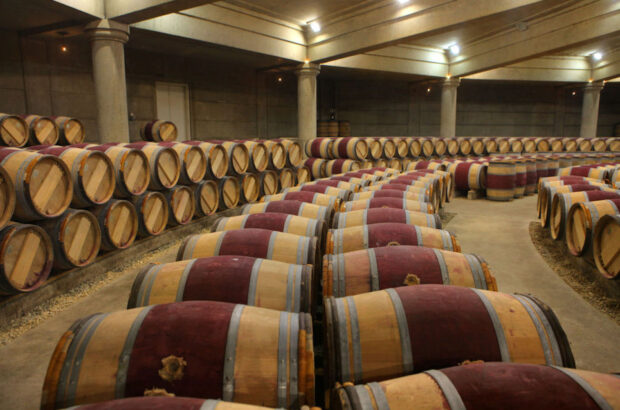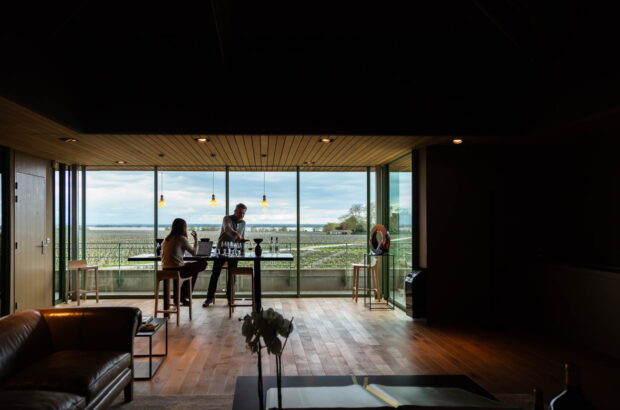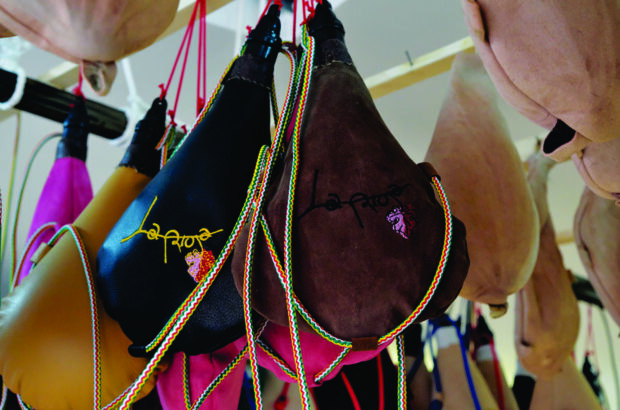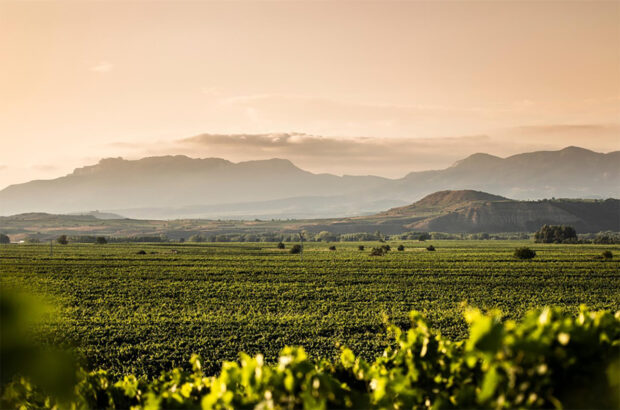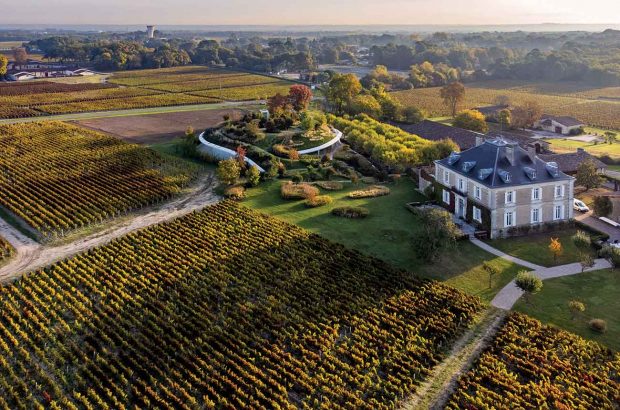I’m fortunate enough to taste a fair amount of fine wine each year and I have come to the conclusion that each of us is forced to build our own stylistic preferences, regardless of the appellation or classification of a wine. Instead of simply choosing a bottle of Bordeaux over Barolo, for example, most of us probably aim to drink each on the right occasion and, in doing so, carve out our individual preferences for these wines.
My personal bias – which I must confess, to be fair and transparent – tends to be for fresh wines. By ‘fresh’ I don’t mean acidic – I’m not a Riesling lover, for instance, compared to how much I like Condrieu. I don’t typically pick ‘light’ wines either – those plentiful of fruit with moderate extraction – since I prefer ageworthy wines.
Instead, the wines I always lean towards have a freshness to their fruit core in terms of aroma and flavour, with fragrance, vibrancy and tension. This fresh fruit character can be influenced by the soil, the altitude, the grape, the picking date and the winemaking, as well as whether it has aged for decades or not. But in analysing some of the Italian wines that have particularly impressed me over the years, I have noticed one thing they almost always have in common: east-facing vineyards.
The east-facing vineyard absorbs the morning’s first sunlight. This evaporates the dew sooner and consequently mitigates any risk to the health of the grapes caused by humidity among the leaves of the vine. The high impact of the sun at noon has a reduced effect on east-facing vineyards, lessening – if not entirely avoiding – sunburn on delicate varieties such as Sangiovese and Nebbiolo, which can result in a cooked fruit flavour.
Vineyards with an eastern exposure also register lower temperatures among the clusters, which is beneficial for red wines made for the long haul. Perhaps, more importantly, in taking the ‘best’ part of the sun, the vines experience slower photosynthesis. In warmer vintages, photosynthesis can accelerate rapidly, prohibiting sugars and tannins from reaching a synchronised point of ripeness; east-facing vines benefit from slower ripening at lower temperatures, which equals fresher aromas and flavours in the wine.
Donato Lanati, consulting winemaker for Giacomo Conterno and many other estates in Italy and elsewhere, has warned about high temperatures for Nebbiolo grapes. ‘If we have 35°C in the vineyard, we could easily have 50°C within the berry,’ he says. ‘At this temperature, the tannins are degraded and less available in the must to build stability and produce ageworthy wines.’
At this point a question should be posed about timing: why is eastern exposure more critical today than it was in the past? The slower ripening of east-facing vines used to be a real issue. Today, conversely, global warming has turned that disadvantage into an advantage.
In 2003, Roberto Giannelli bought Tenuta San Filippo in Montalcino ‘at a relatively affordable price’, he says. ‘Nobody would take a chance on it since it was east- to northeast-facing.’ His Le Lucére Riserva Brunello di Montalcino is one of the wines that tipped me off to the phenomenon of the elegance of the east in 21st-century Italian wines. Le Lucére was very classically handled, both in the vineyard and in the winery, so I couldn’t dig up any reason for its sophisticated freshness aside from the eastern exposure of the vineyard.
Later, in Piedmont, I visited Fabio Alessandria at GB Burlotto to taste his 2018 Barolos, and he poured a wine from a bottle with a makeshift label. The wine came from Castelletto, close to Castiglione Falletto but in Monforte d’Alba, facing Serralunga. ‘With eastern exposure, even in a warm vintage you would not burn the grapes, while cool weather, good drainage in the soils and reducing yields would ensure that you wouldn’t have ripening problems,’ he explains.
Could the east be an alternative for those already investing in [cooler] higher altitude, too? Yes and no. I think wines from higher altitudes often show a great elegance, but the style is overall leaner and nervy. Eastern exposure, by contrast, grants an outstanding freshness, subtlety and elegance, with the same structure and body as wines made from south-facing vineyards.
Aldo Fiordelli is a journalist, wine writer and author, and a DWWA judge, as well as a qualified sommelier.
In my glass this month
Ornellaia’s Poggio alle Gazze 2019, tasted at Cipriani hotel, Venice, alongside a selection of older vintages, is a contemporary blend of Sauvignon Blanc with 16% Vermentino and 6% Verdicchio fermented in stainless steel and concrete, then aged (for the first time) in larger oak casks. Though the more recent 2020 (£52.99 Handford) hints vaguely towards a New Zealand style, the previous vintage (2019, £46.99 DBM Wines) shows a broom, sage and lemon peel character with a tight-knit structure and briny, complex finish.





